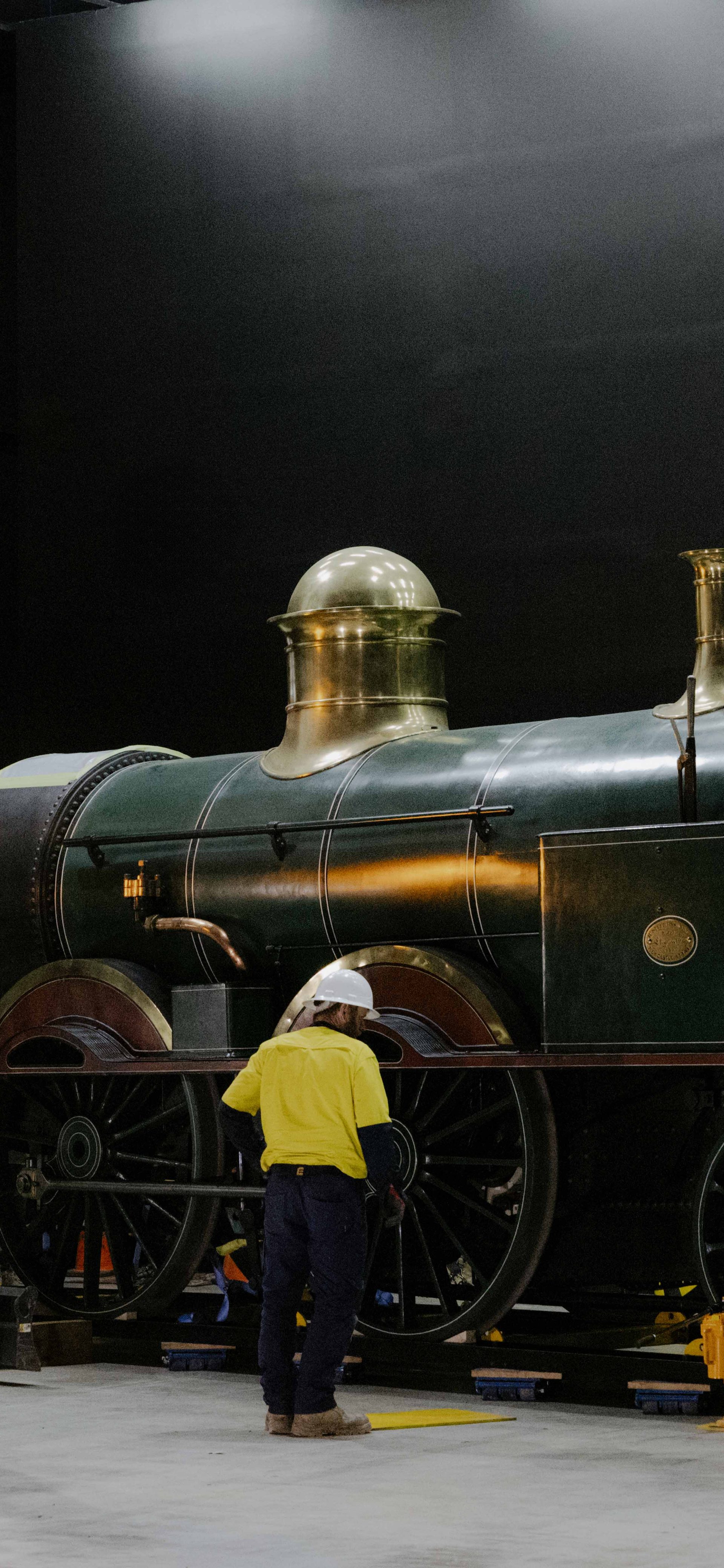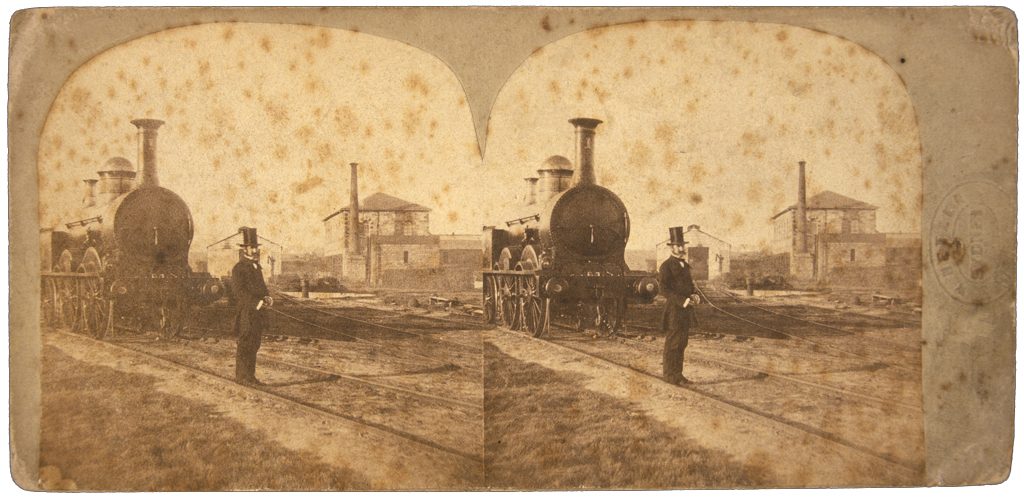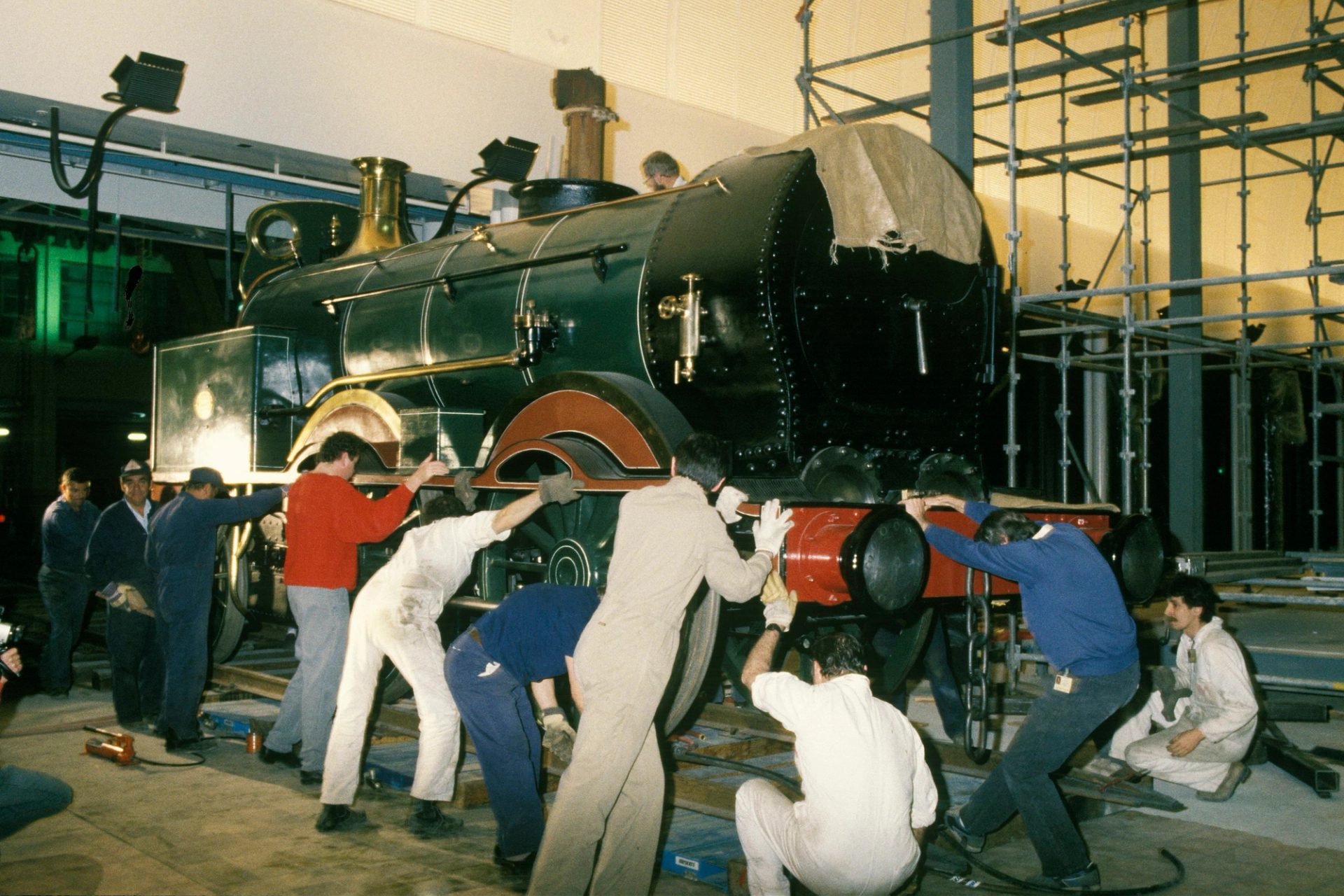Capturing an Icon: The Relocation of Locomotive No. 1

‘There’s a lot of passion that sits around this thing. There’s a lot of experts out there. There’s a lot of people who said it would never move.’
Revealing the chemistry between the world’s leading imaging organisation and the largest museum group in Australia, Canon collaborated with Powerhouse to showcase its latest camera technology in capturing the relocation of the museum’s iconic Locomotive No. 1.
‘This partnership exemplifies how Powerhouse, as a museum of applied arts and sciences, works closely with industry leaders to innovate and document significant projects,’ says Callum Cooper, Head of Digital Engagement at Powerhouse.
Since 1987, when the 1854 locomotive that hauled New South Wales’ first passenger train was lowered by air skates into the museum’s Wran Building, the 46-tonne engine and tender has been considered immovable.
‘It’s our A-list object,’ says the manager of Collection Logistics at Powerhouse, Charm Watts, who is overseeing the move of more than 3000 Powerhouse Collection objects ahead of the Ultimo museum’s $300 million heritage revitalisation. ‘There’s a lot of passion that sits around this thing. There’s a lot of experts out there. There’s a lot of people who said it would never move.’
But move it did. On 18 July 2024, Watts marshalled a complex logistical team of museum professionals and trucking, craning and engineering specialists to see Locomotive No. 1 successfully dispatched 27 kilometres to its temporary home at Powerhouse Castle Hill.
‘We did it quietly, efficiently, safely,’ she says.
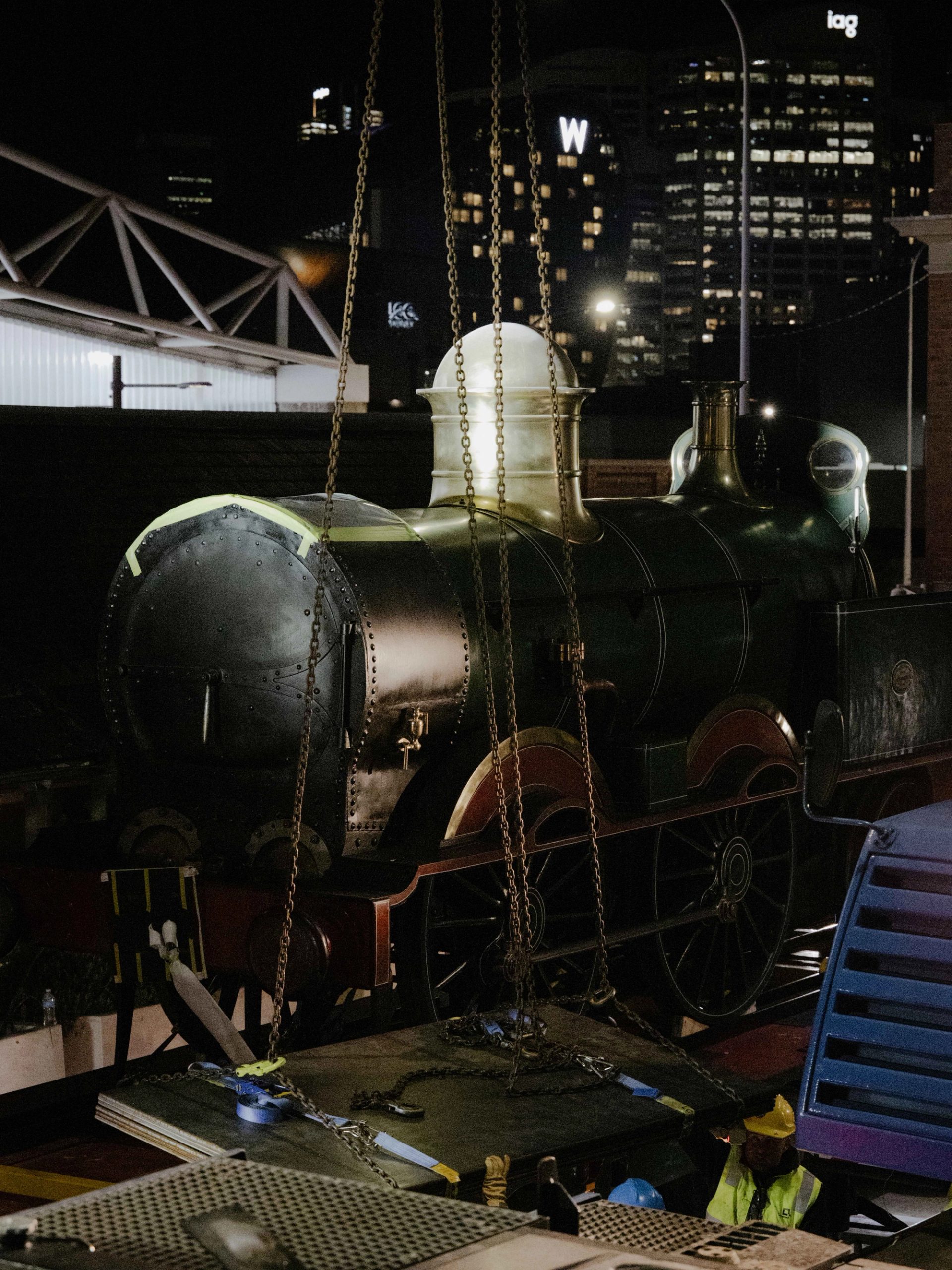
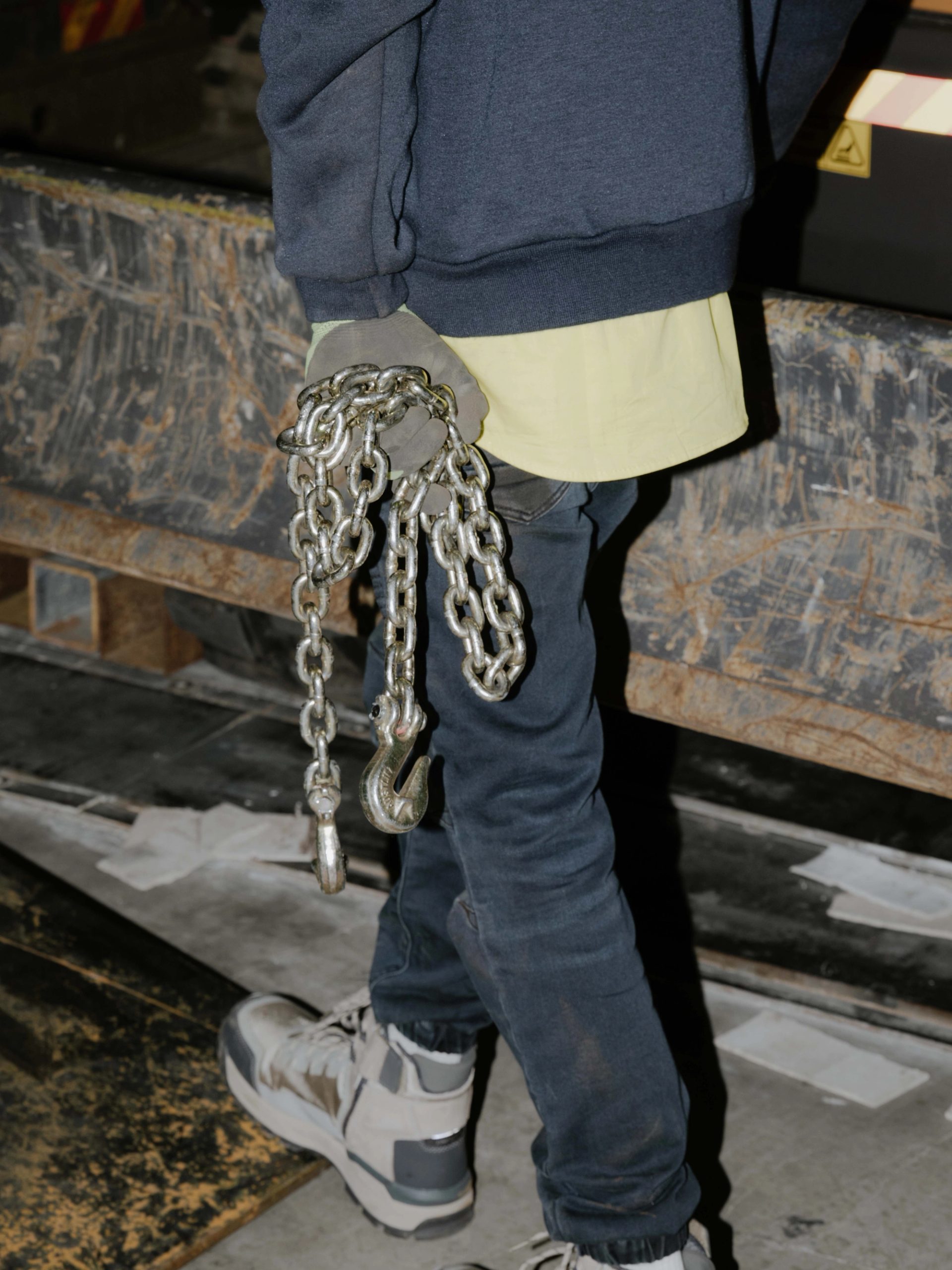
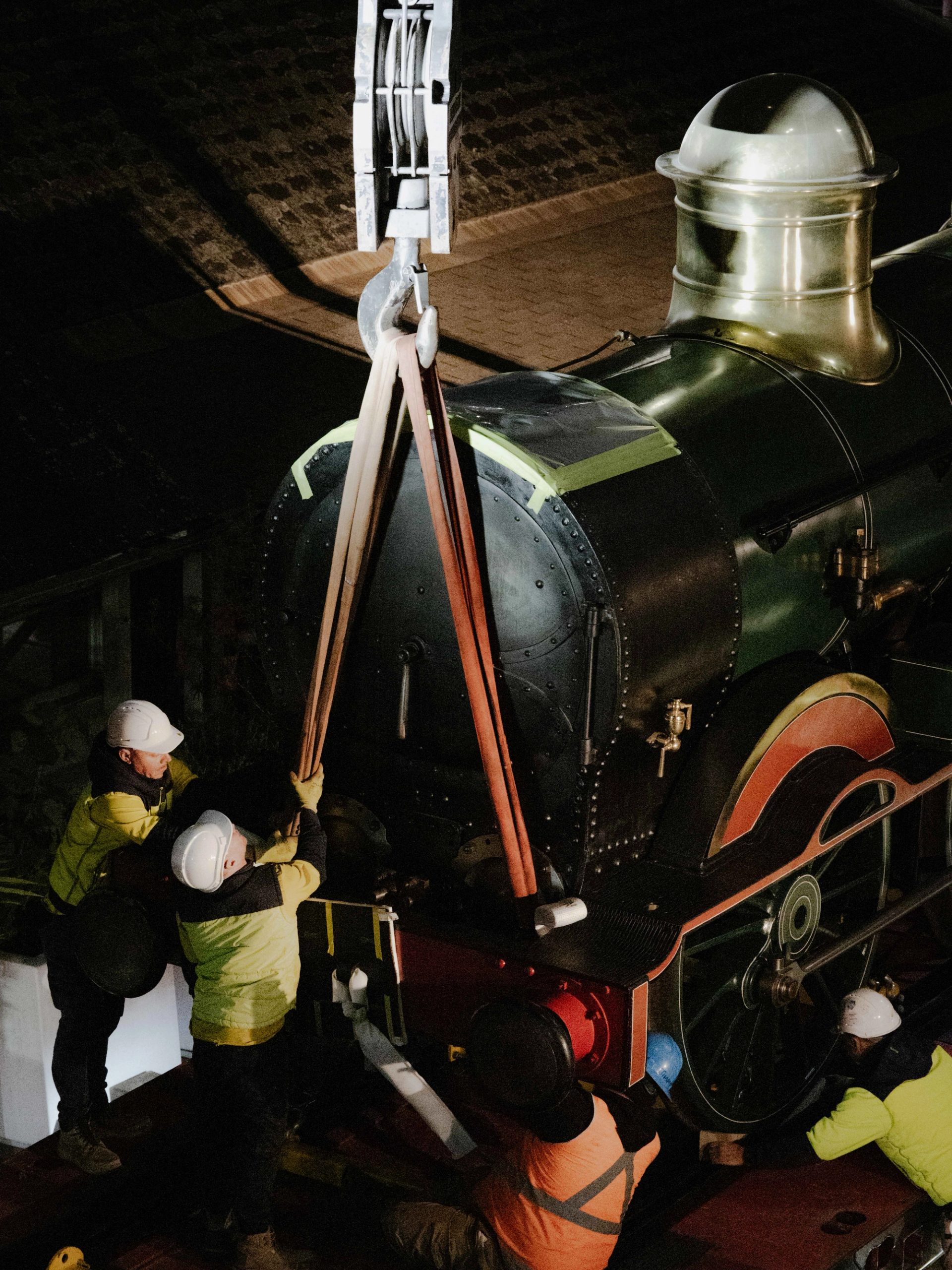
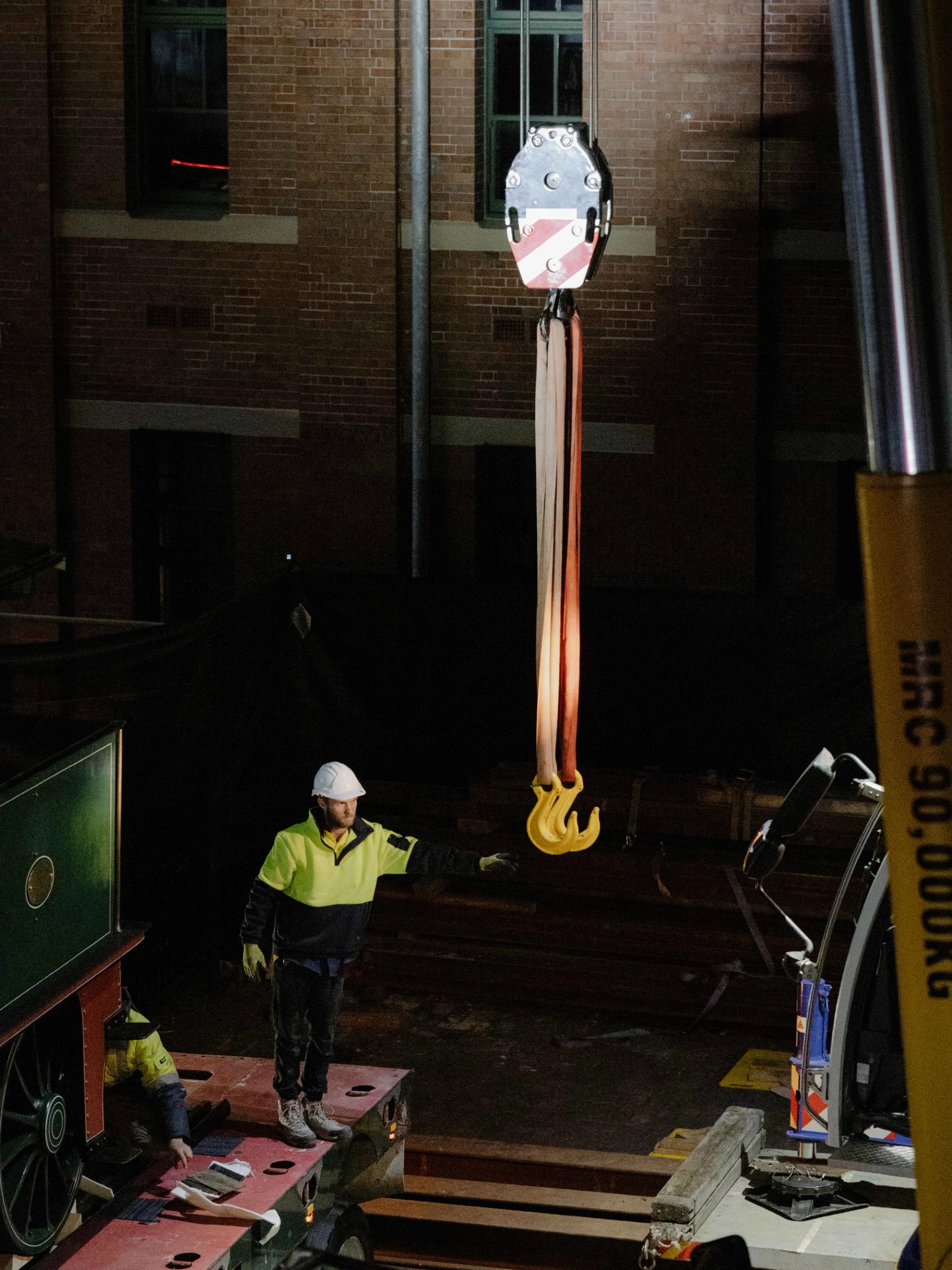
Because such moments happened swiftly and often in darkness at night, when the M4 Motorway was at its quietest for safe passage, the Powerhouse Digital team reached out to Canon Australia for its latest camera technology to perform under these exacting conditions.
For capturing still images, the team chose the Canon EOS R3, which excels in low-light conditions and offers high-speed continuous shooting. ‘The R3 was particularly beneficial because we needed to document the train’s movement at night and while it was in constant motion on the escort truck between the museum in Ultimo and Castle Hill,’ says Chadbond.
Selected for moving imagery was the Canon MS-500, designed for low-light and long-range surveillance, along with the Canon ME20F-SH, a professional cinema camera known for its ultra-high low-light sensitivity.
By the time No. 1 took off from Ultimo at 10pm on its flatbed truck with front and rear escorts, three camera operators were in place at select locations along the hour-long route. ‘These locations were deemed ideal for capturing motion footage but less critical for still photography,’ says Chadbond. ‘Our motion camera operators were able to position themselves ahead of the convoy and in place with sufficient time to document the escort trucks as they passed.’
Greeting the locomotive’s arrival at Powerhouse Castle Hill was not only a throng of museum relocation staff and contractors in hard hats and hi-vis, but also a coterie of cameras courtesy of Canon Australia.
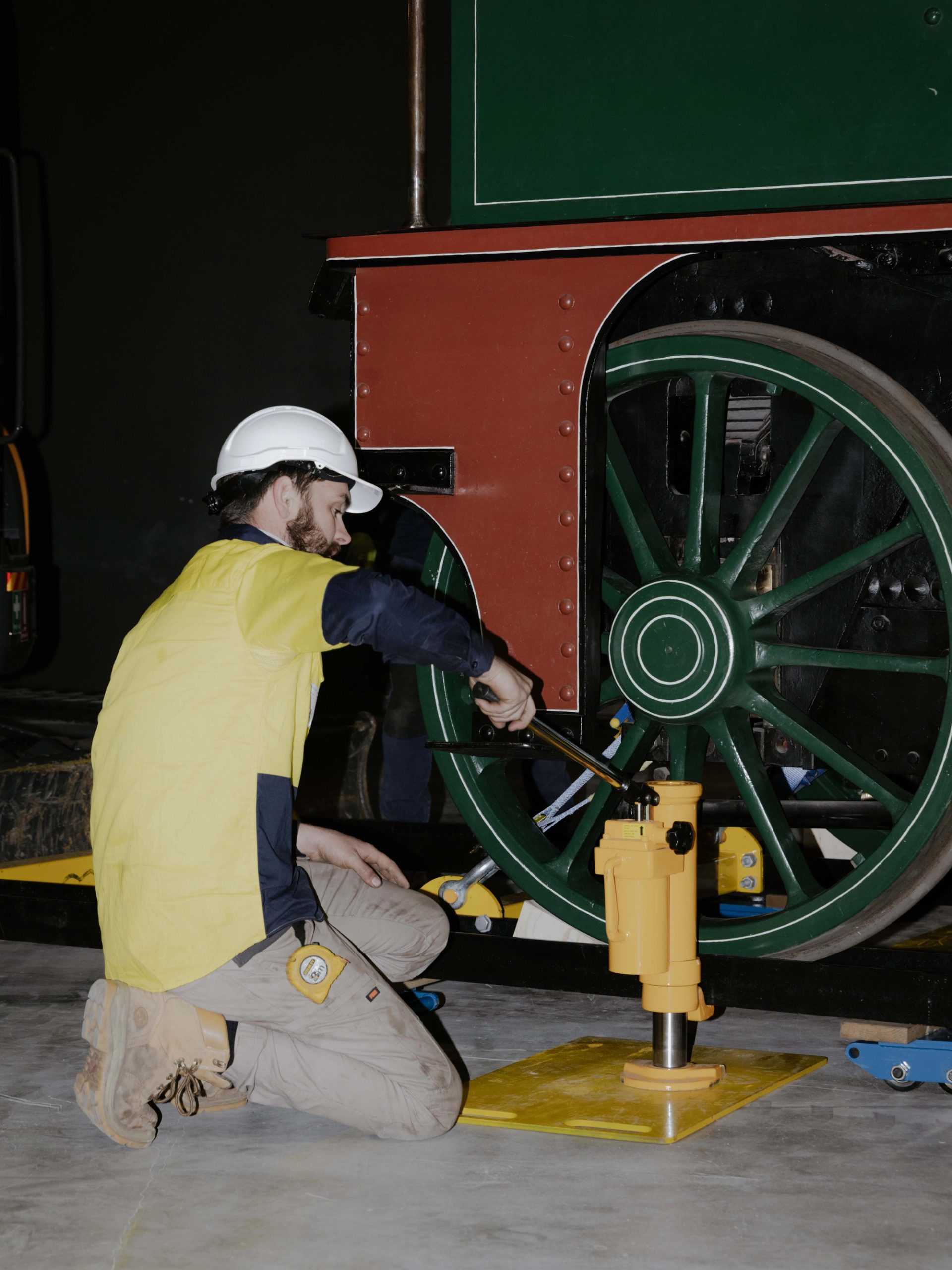
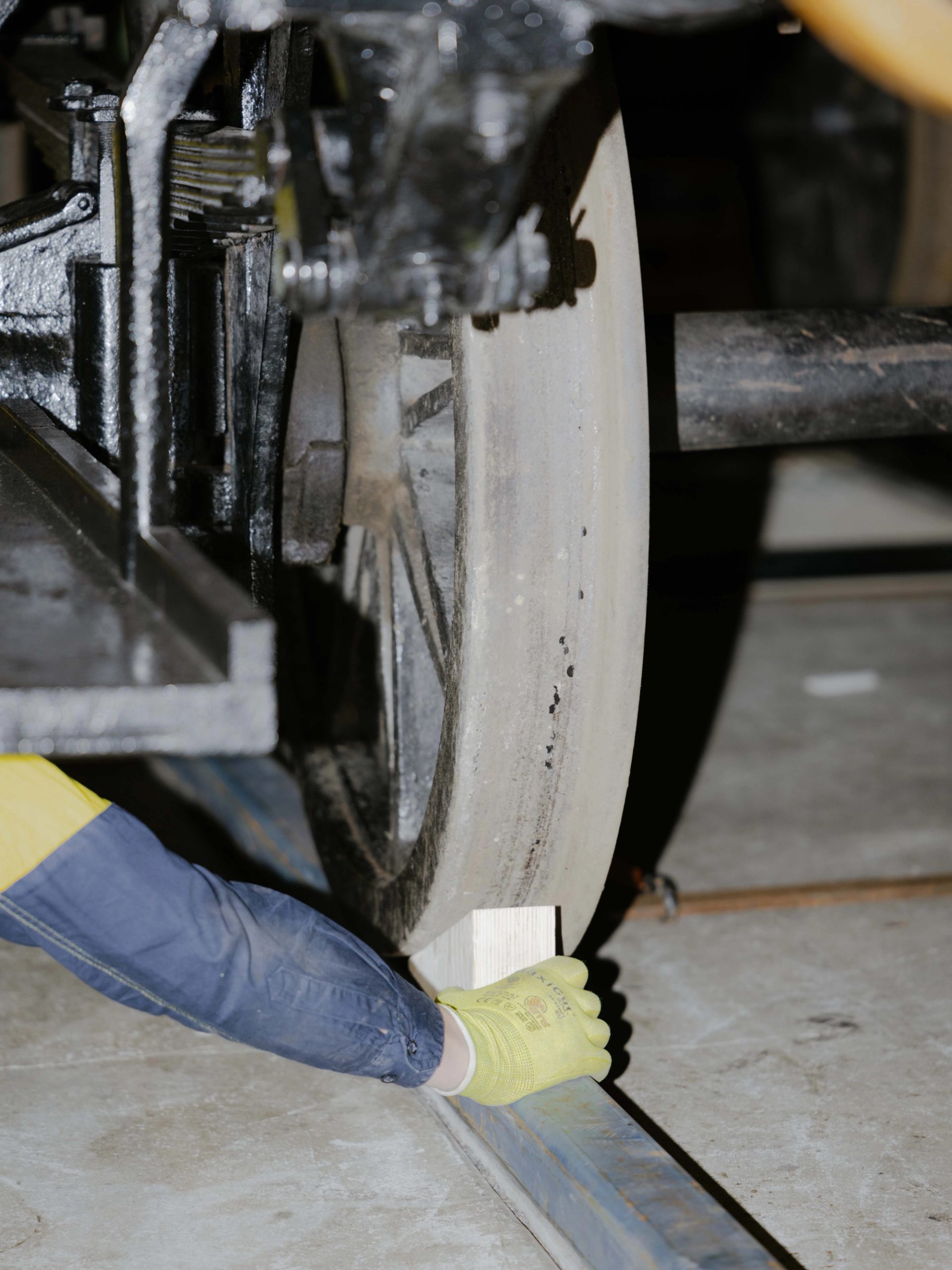
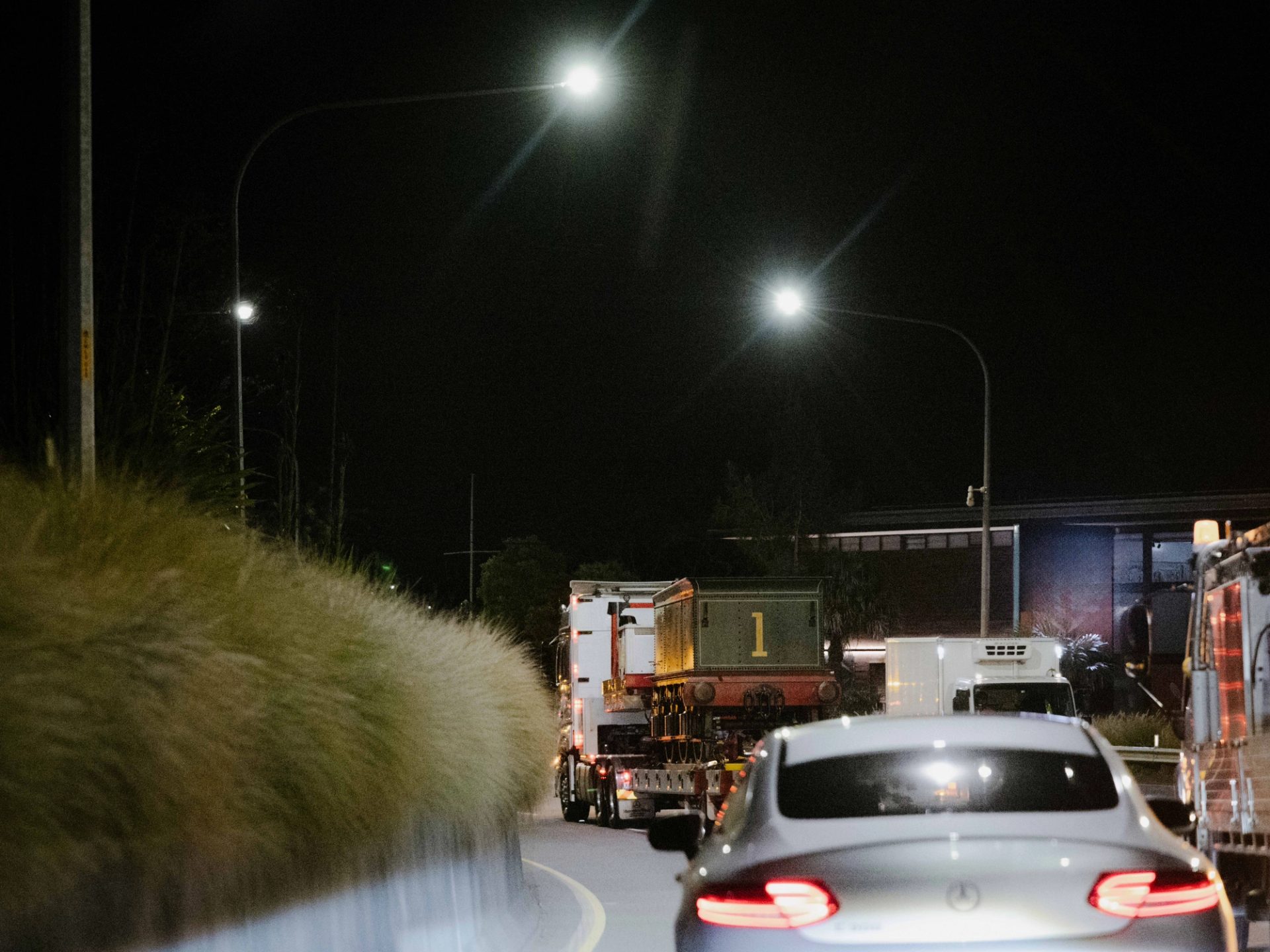
Just as important for Powerhouse, and the legion of intergenerational fans who have followed the locomotive’s every move, was that No 1’s relocation was also seen to be done. This became the task of Powerhouse Digital in documenting the move for current and future audiences.
‘Our team worked closely with Charm to ensure we didn’t miss any crucial moments, such as when the engine, its tender and the three carriages separately exited the museum, or when each section was lifted for transport,’ says Benjamin Chadbond, senior producer at Powerhouse. ‘We knew these key moments would pass quickly, so we needed to stay on call throughout the entire moving process.’
‘I’m most proud that, with Canon Australia’s support, we have successfully documented a key milestone in the history of this significant object,’ says Chadbond. ‘The earliest photograph of No. 1 was taken by William Hetzer with a stereoview camera in the 1850s. Since then, the object has been continuously documented in lockstep with major advancements in photographic technology.’
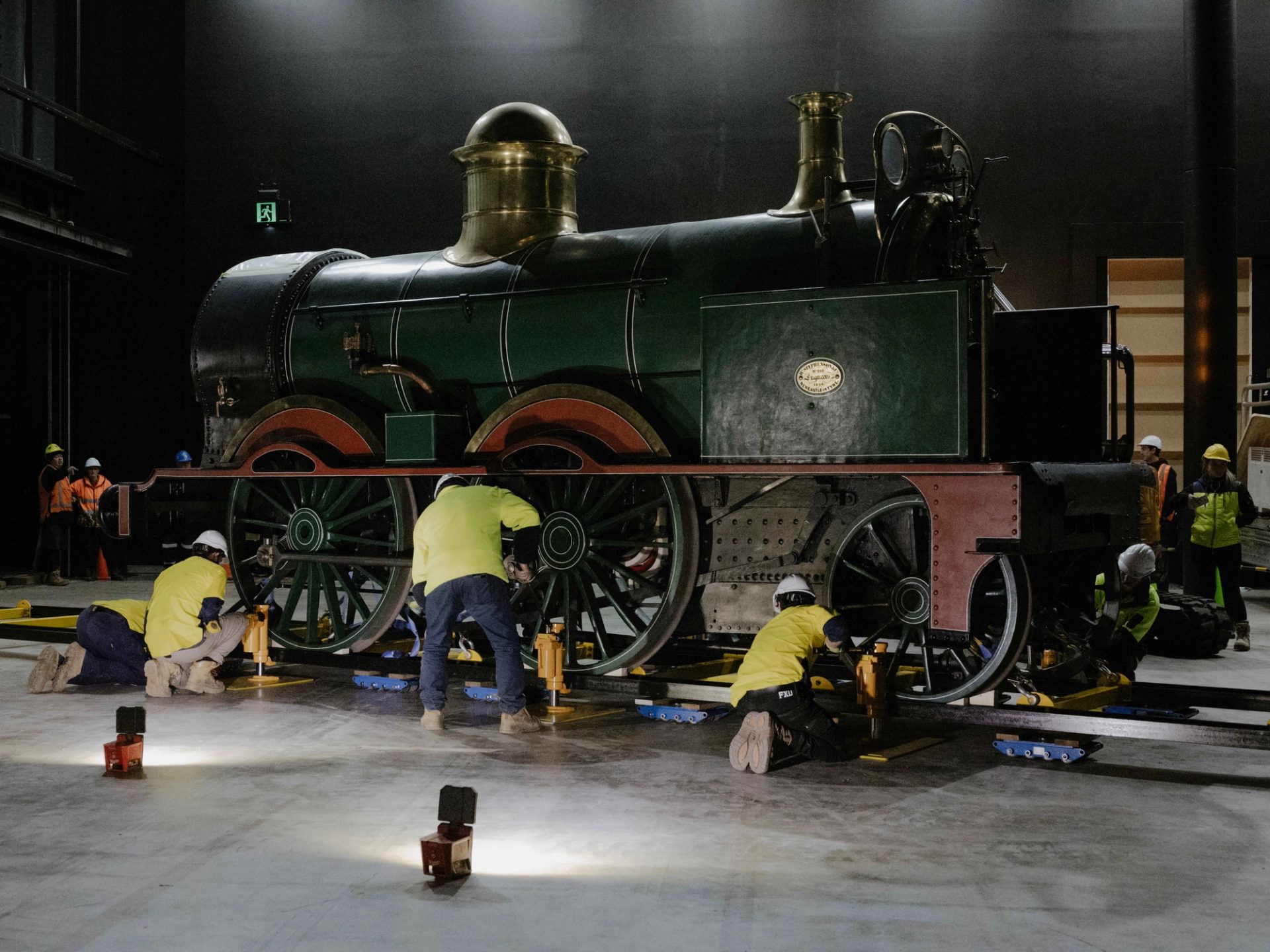
The documentation of the process and the detailed methodology involved in No. 1’s relocation now sit in the museum’s Institutional Archives in perpetuity for future museum staff to reference.
For Charm Watts, the involvement of Powerhouse Digital was integral to the iconic object’s move and documentation, making what was an otherwise invisible operation visible to the public. ‘Having the Digital Studio present validated to me that it was amazing,’ she says.
Through the assistance and generosity of Canon Australia, the resulting footage showcases the precision and care involved in the relocation, explains Callum Cooper: ‘It highlights the technical excellence of both Powerhouse Digital and Canon Australia in preserving this historic moment.’ And now captured with precise vision for posterity.
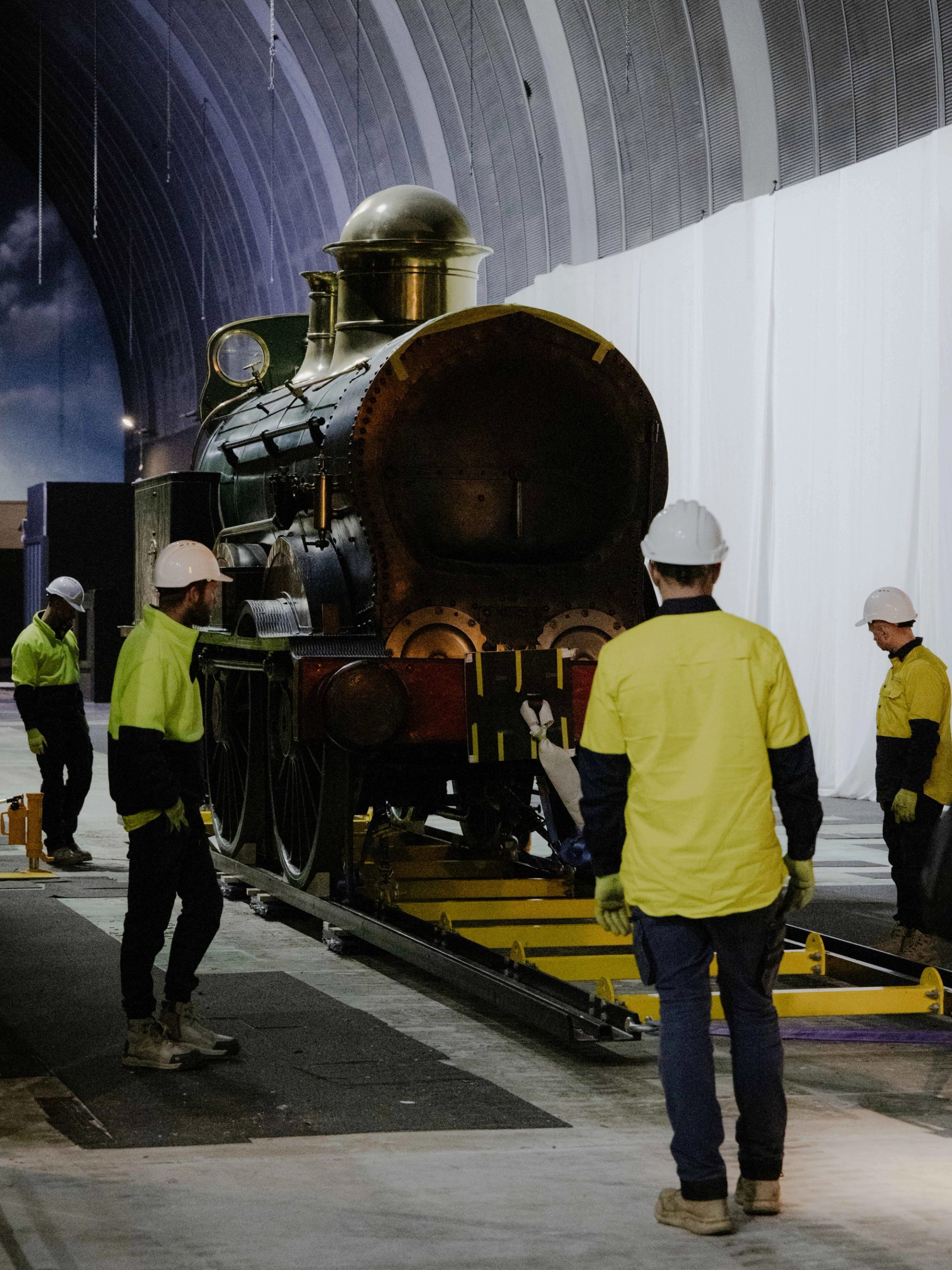
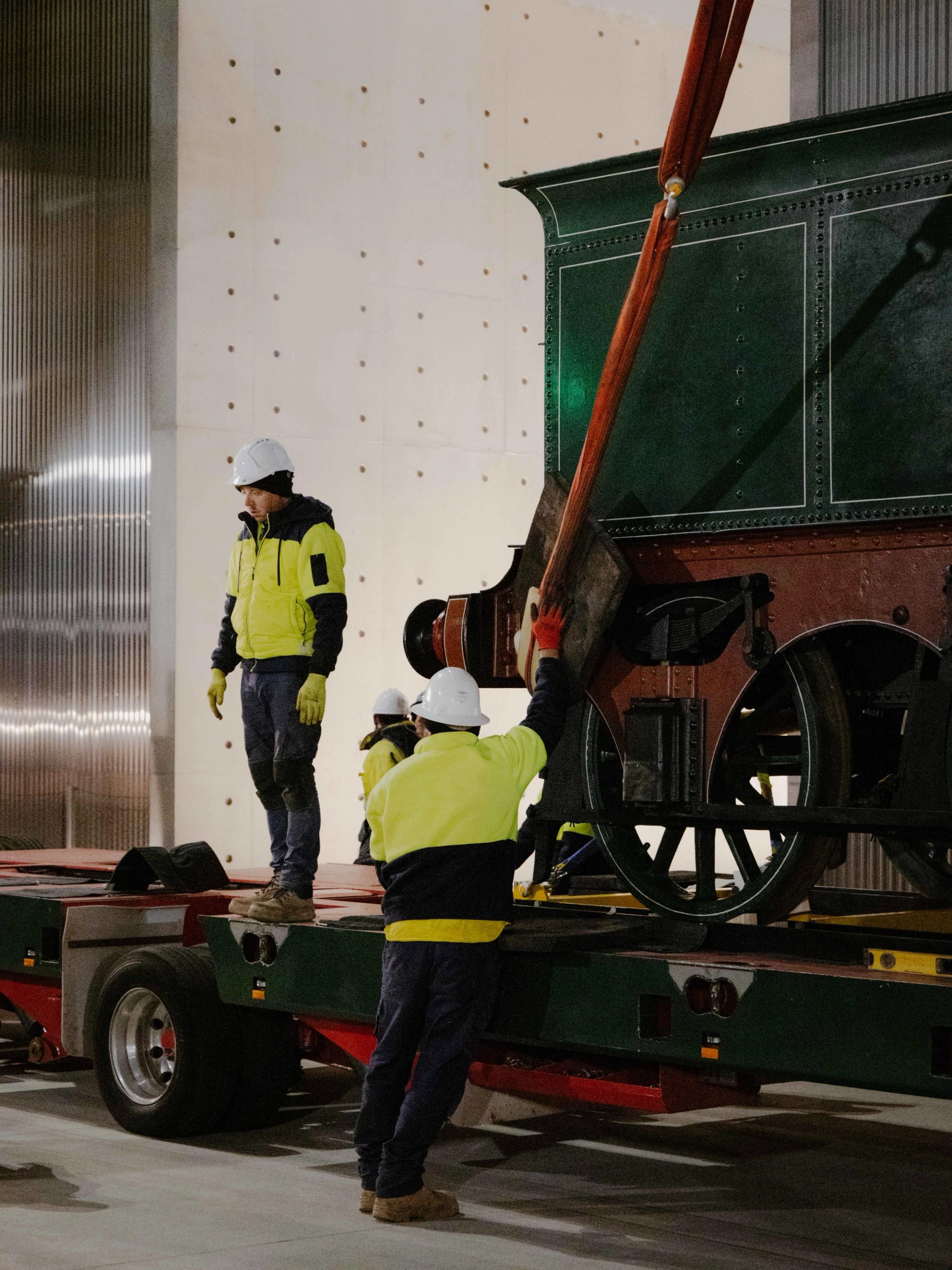
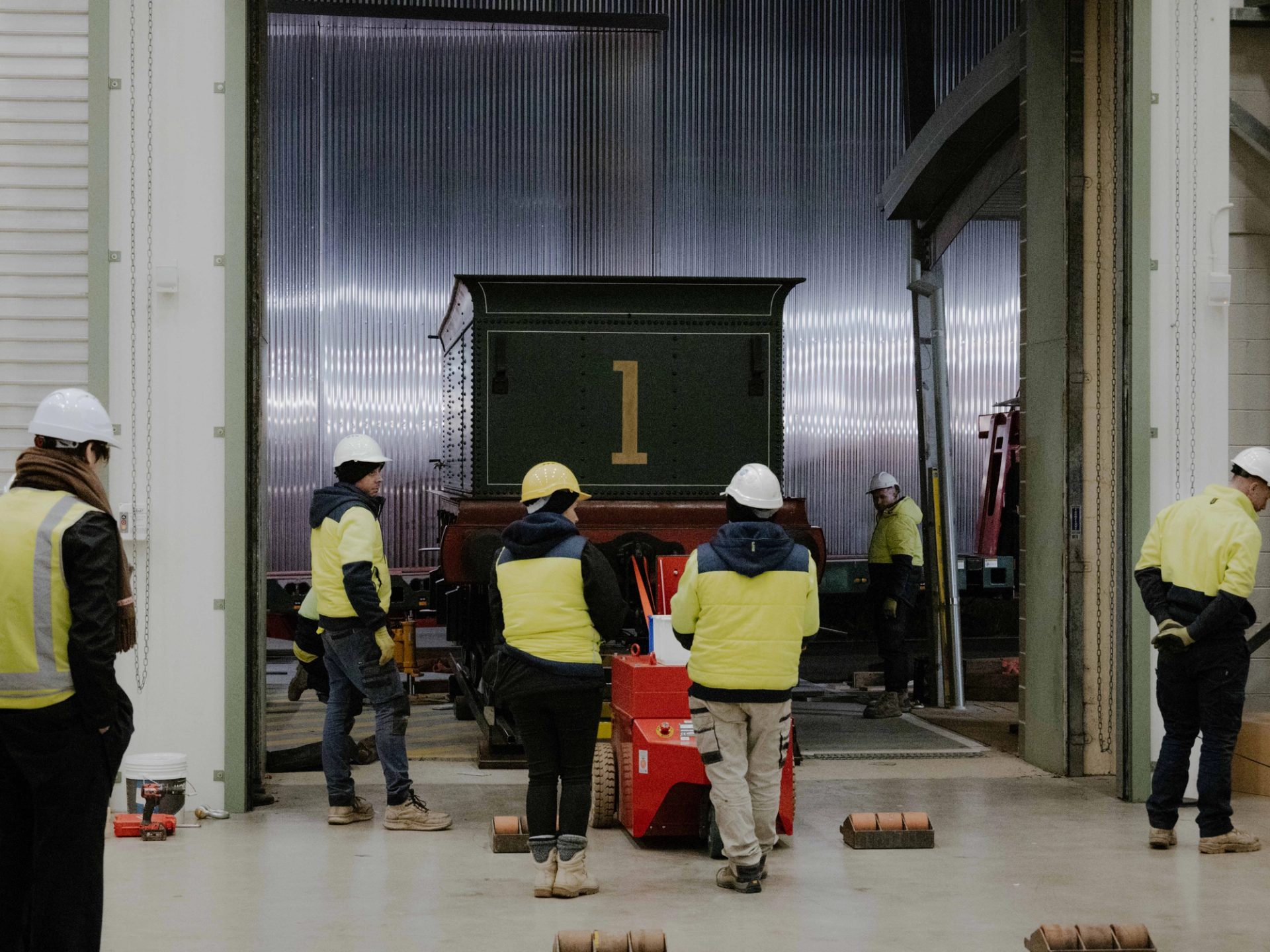
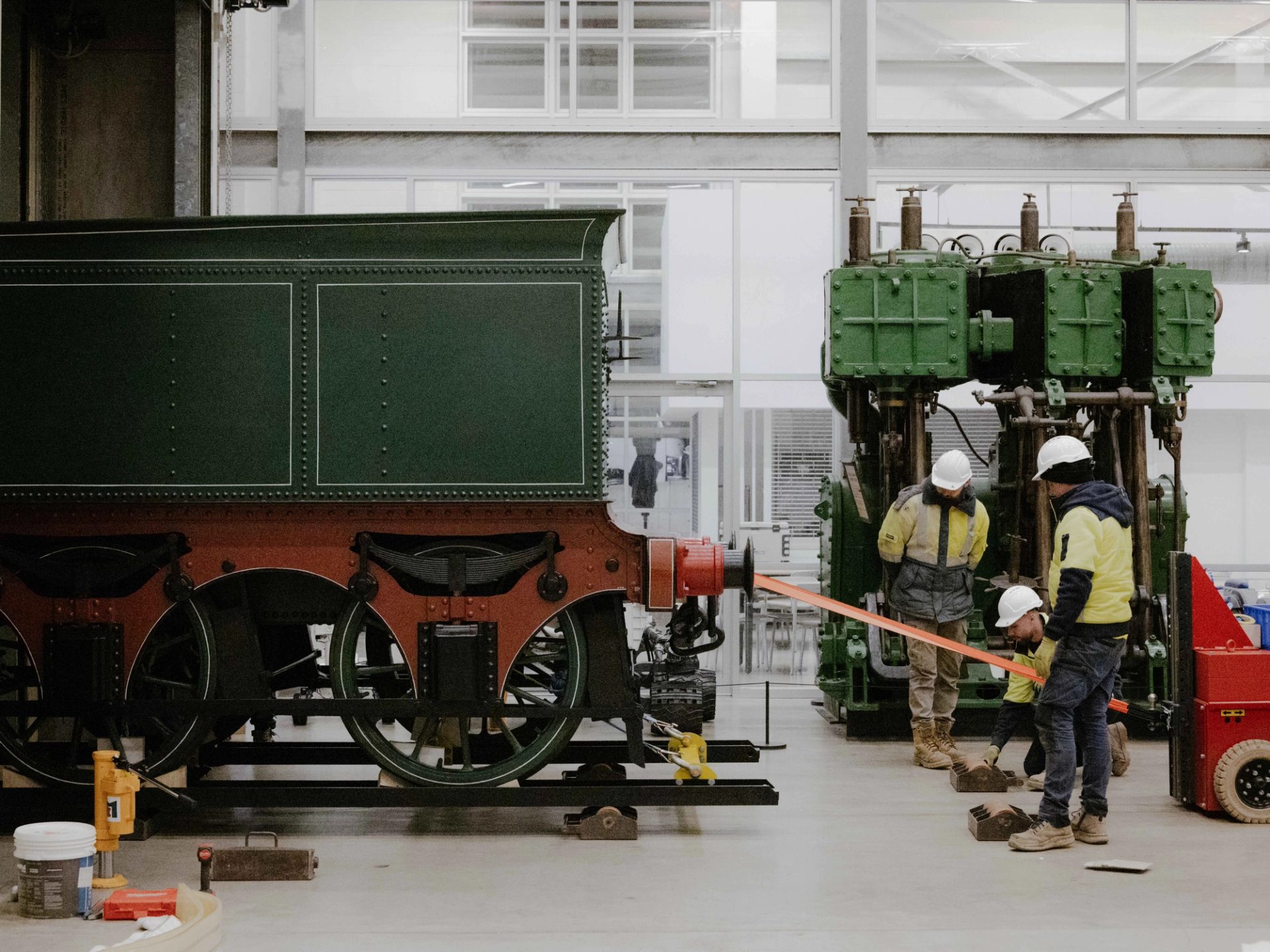
On 18 July 2024, Locomotive No. 1 along with its tender and three carriages were relocated to Powerhouse Castle Hill, where they will be on public display until the heritage revitalisation of Powerhouse Ultimo is complete.
More

Powerhouse Castle Hill
Located on Dharug land. A storehouse for the Powerhouse Collection supporting research and conservation, presenting exhibitions and programs.
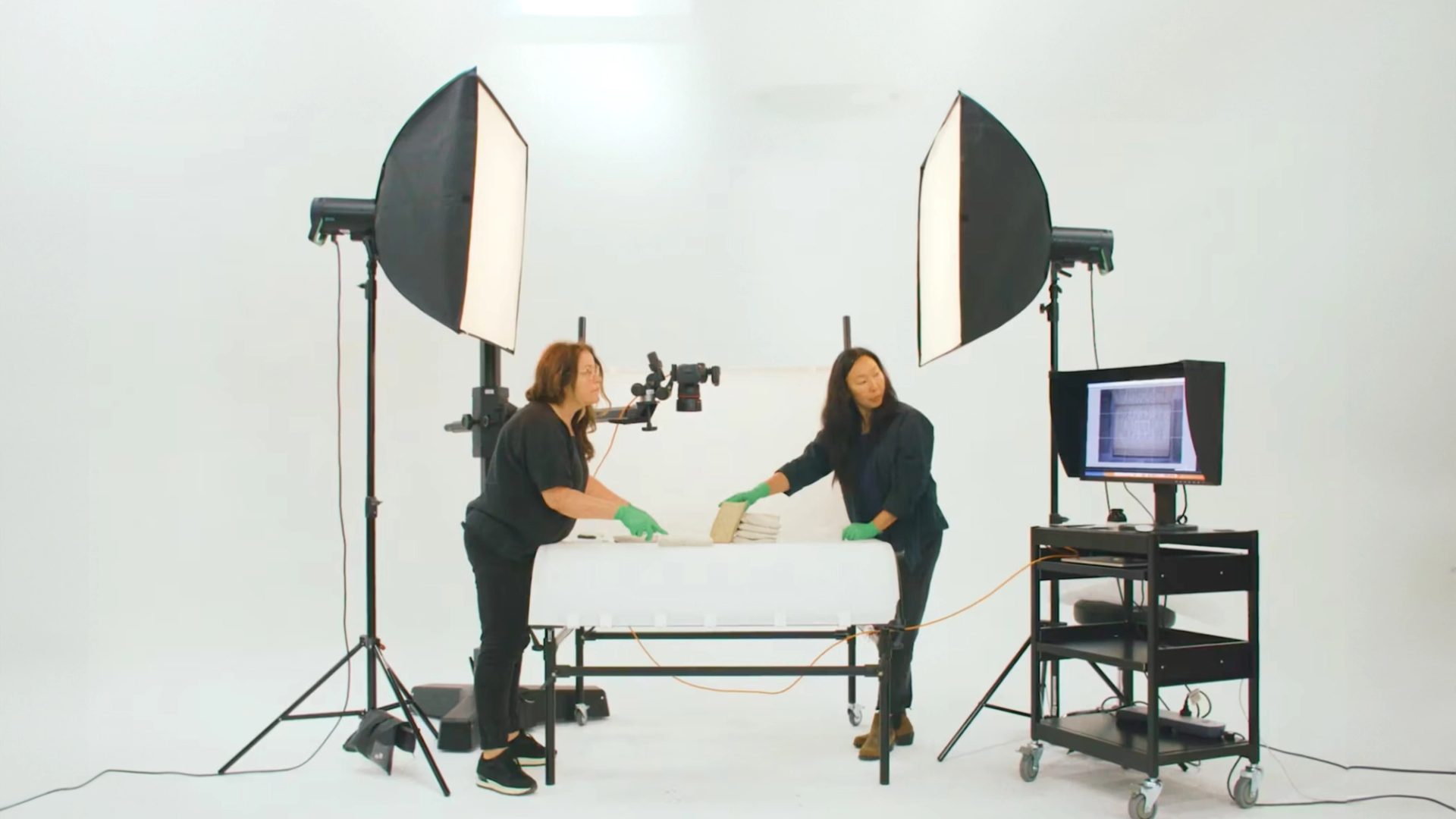
Stories
Powerhouse Museum is at the service of relevant and vital stories of our times, illuminating and reckoning with stories of our histories and speculating and contributing to the stories of our futures.











